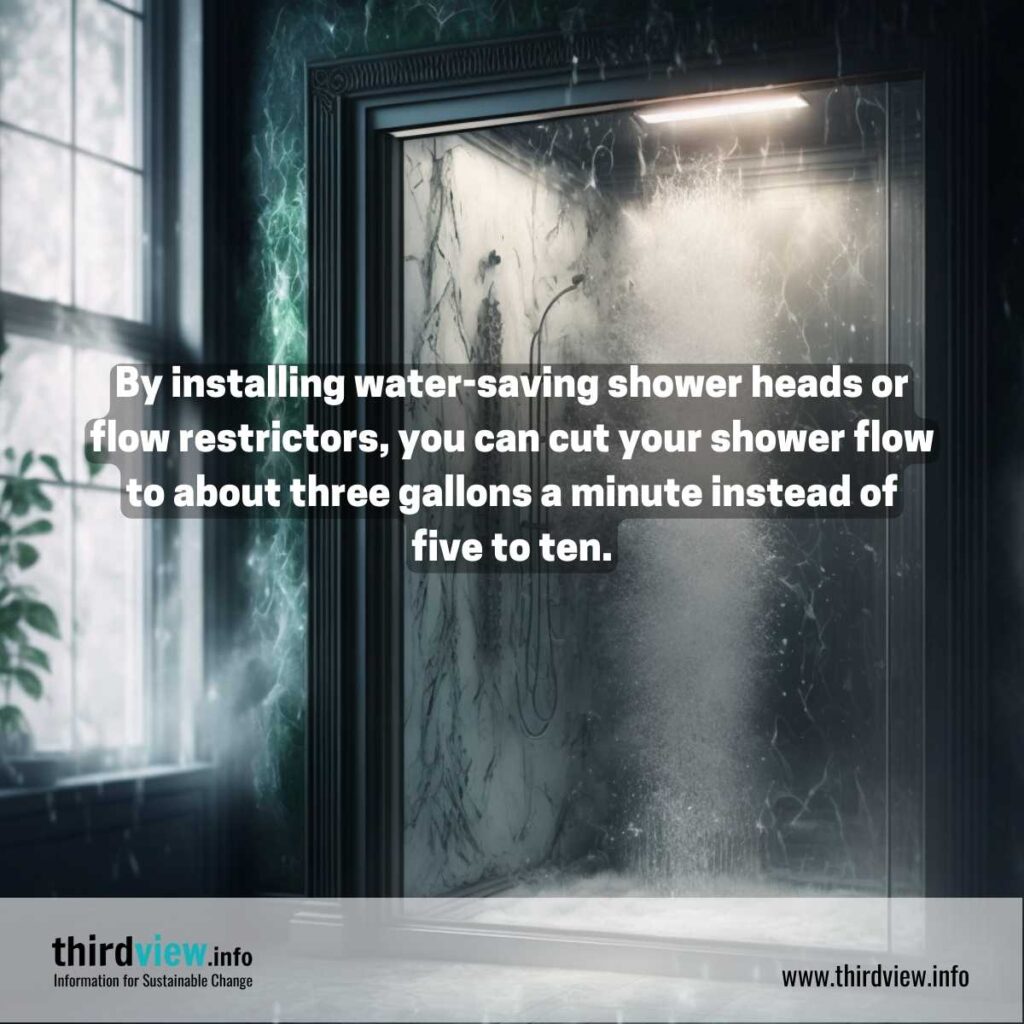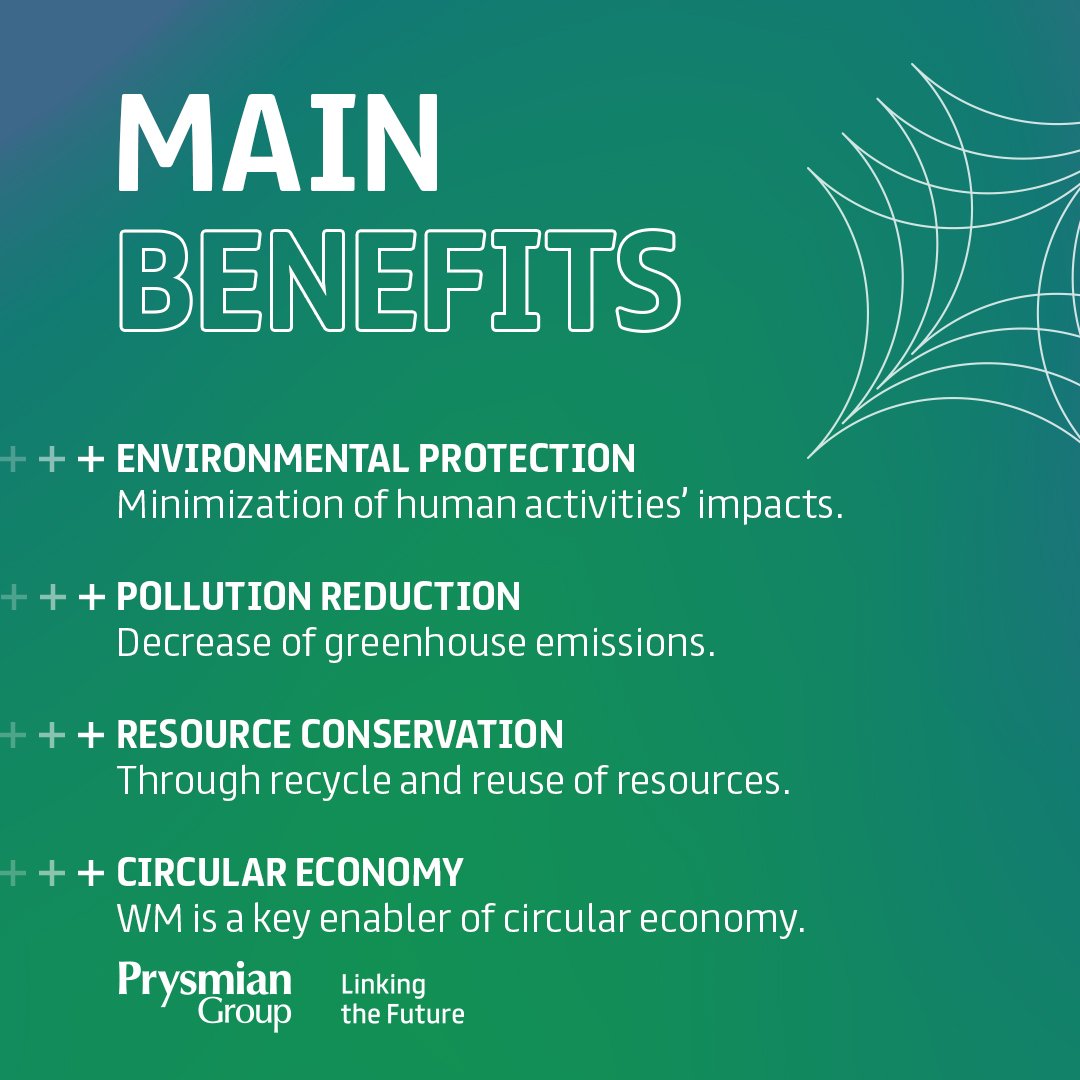Top Guidelines Of Reclaim Waste
Top Guidelines Of Reclaim Waste
Blog Article
Reclaim Waste for Dummies
Table of ContentsReclaim Waste - QuestionsIndicators on Reclaim Waste You Should KnowAn Unbiased View of Reclaim WasteSee This Report on Reclaim WasteThe 8-Minute Rule for Reclaim Waste
Domestic sewer waste refers to the waste and products from a household septic tank. The appropriate monitoring and disposal of residential sewer waste call for liquid waste to be transferred to a sewer therapy plant where the proper techniques and tools are applied to purify and dispose of waste.
Industrial waste often includes prospective dangers, such as combustible materials or a mix of fluid and solid waste products, and requires a much more sophisticated and detailed disposal process. The disposal of industrial waste normally entails the purification of waste prior to transport to ensure safe and appropriate disposal. Industrial waste is produced from results and drainage of commercial procedures and manufacturing.
This type of waste can not make use of the very same sewer monitoring transport or procedures as septic or commercial fluids. The hazardous waste monitoring procedure calls for the inspection and screening of liquid waste before it undertakes the disposal process (liquid waste disposal). Drainage waste is the liquid waste that originates from runoff and excess stormwater in extremely populated locations or cities
Overflow waste can trigger contamination and flooding if not handled appropriately. Find out more about drain cleaning and waste monitoring. Ensuring proper waste monitoring can prevent catastrophes and decrease ecological damage. Both people in household settings and experts in business or production sectors can gain from recognizing the processes and laws of liquid waste administration.
Reclaim Waste for Beginners
Call PROS Providers today to discover our waste administration and disposal solutions and the proper ways to take care of the liquid waste you create.
(https://reclaimwaste1.wordpress.com/2024/11/12/efficient-liquid-waste-disposal-in-melbourne-reclaim-wastes-expert-solutions/)This supposed 'wastewater' is not only an essential source but, after therapy, will be launched to our land, waterways or the ocean. Made use of water from toilets, showers, bathrooms, cooking area sinks, laundries and commercial processes is understood as wastewater.

water used to cool equipment or clean plant and devices). Stormwater, a kind of wastewater, is runoff that streams from farming and urban locations such as roofs, parks, gardens, roadways, paths and seamless gutters into stormwater drains, after rainfall. Stormwater moves without treatment straight to local creeks or rivers, ultimately getting to the sea.
The Best Guide To Reclaim Waste
In Queensland, many wastewater is treated at sewage treatment plants. Wastewater is delivered from residential or commercial websites with a system of drains and pump stations, understood as sewerage reticulation, to a sewage treatment plant. Local governments build, maintain and run most sewer therapy plants. Operators are accredited under the Environmental Management Act 1994 to release treated wastewater at an acceptable environmental standard right into rivers.
The Division of Natural Resources recommends regional governments about managing, operating and maintaining sewerage systems and treatment plants. In unsewered areas, city governments may need owners to mount specific or house sewer treatment systems to deal with residential wastewater from bathrooms, kitchen areas, restrooms and laundries. The Division of Natural Resources authorizes the use of home systems when they are confirmed to be reliable.
In some brand-new subdivisions, treatment of some stormwater to hop over to here get rid of clutter, sand and gravel has started making use of gross toxin catches. Wastewater treatment takes place in four phases: Removes solid issue.
Uses small living organisms understands as micro-organisms to break down and get rid of staying dissolved wastes and great bits. Micro-organisms and wastes are incorporated in the sludge.
About Reclaim Waste
Nutrient removal is not readily available at all sewer therapy plants since it needs expensive specialised equipment. Clear liquid effluent created after treatment may still consist of disease-causing micro-organisms - liquid waste removal.

This usually indicates wastewater needs to be treated or impurities eliminated before it can be discharged to waterways. The majority of wastewater moves right into the sewerage system. Under the Act, city governments administer authorizations and licences for eco appropriate activities (Periods) including wastewater launches that may have a local influence. The department carries out approvals and permits to Periods entailing wastewater releases that could have a regional or statewide influence.
The Facts About Reclaim Waste Revealed
Or else, examples are taken for laboratory evaluation. Typically several tests are required to develop the levels of each of the various toxins such as oils, heavy steels and pesticides in water. Monitoring supplies accurate details concerning water quality and can confirm that licence conditions are being met. The info acquired with tracking gives the basis for making water top quality choices.
Report this page